1. Fried Maple Leaf (Tempura Momiji)
Fried maple leaves (Image source: Collected)
Tempura Momiji is a unique dish that only appears in autumn when the maple leaves turn bright red. Fresh maple leaves are dipped in tempura batter and deep-fried, creating a dish that is both beautiful and delicious. The mild flavor of the maple leaves combined with the crispy batter creates a unique culinary experience. This dish is not only an autumn specialty but also a work of culinary art, demonstrating the sophistication of Japanese culinary culture .
2. Dried persimmon (Shibui Kaki)
Dried persimmons (Photo source: Collected)
Shibui Kaki, or dried persimmons, is a traditional Japanese autumn treat. The persimmons are picked when they are still firm, then peeled and naturally dried for several weeks. This process gives the fruit a rich sweetness and a soft, chewy candy-like texture. Shibui Kaki is not only a delicious snack, but also a traditional method of food preservation, demonstrating the Japanese ingenuity in making the most of seasonal food resources.
3. Chestnuts (Kuri)
Chestnut (Image source: Collected)
Chestnuts, or Kuri in Japanese, are an indispensable ingredient in Japanese autumn cuisine. They are commonly used in a variety of dishes, from main dishes to desserts. One of the most popular preparations is Kuri Gohan - rice cooked with chestnuts. Chestnuts are also often used in cakes such as Mont Blanc. The sweet and creamy taste of chestnuts is not only a characteristic of autumn, but also a lucky symbol in Japanese culture.
4. Okonomiyaki
Japanese pancakes (Image source: Collected)
Although Okonomiyaki can be enjoyed all year round, it is especially popular in the fall when the weather turns cooler. Okonomiyaki is a type of pancake that combines flour, eggs, shredded cabbage, and optional fillings such as meat, seafood, or vegetables. It is grilled on a teppan and topped with a signature okonomiyaki sauce, mayonnaise, and dried seaweed. The rich and warming flavor of Okonomiyaki makes it a perfect choice for the chilly fall days.
5. Baked Sweet Potato (Yaki Imo)
Baked sweet potato dish (Photo source: Collected)
Yaki Imo, or roasted sweet potatoes, is a popular street food in Japan during the fall and winter . Whole sweet potatoes are roasted in a charcoal or electric oven, creating a distinctive aroma that wafts through the streets. When roasted, the skin becomes crispy while the flesh inside is soft and naturally sweet. Yaki Imo is not only a delicious snack but also a popular way to warm up during the cold fall days.
6. Fish Cake (Taiyaki)
Fish cake (Image source: Collected)
Taiyaki is a fish-shaped cake made from wheat flour and usually filled with sweet red bean paste. Although it can be enjoyed all year round, Taiyaki is especially popular in the fall and winter when the weather turns cold. The cake is baked in a fish-shaped mold, creating a crispy outer shell and a soft, sweet filling. In addition to the traditional red bean paste, Taiyaki are now available in a variety of fillings such as ice cream, chocolate, or custard. The unique shape and sweet taste of Taiyaki make it a popular Japanese autumn snack.
7. Rice Flour Cakes (Mitarashi Dango)
Rice flour cake (Image source: Collected)
Mitarashi Dango is a traditional Japanese dumpling made from glutinous rice flour and grilled over charcoal. The dumplings are small, round, typically skewered into 3-5 pieces and topped with a sweet soy sauce-based sauce. Although enjoyed year-round, Mitarashi Dango is especially popular in the fall, especially during traditional festivals. The sweet flavor combined with the light umami from the soy sauce creates a unique culinary experience that represents the delicate balance of Japanese cuisine.
Autumn in Japan not only attracts tourists by the beautiful scenery of red leaves but also by its rich and unique cuisine. Each dish is not only a delicate combination of seasonal ingredients but also carries within it long-standing cultural and traditional stories. From popular street food to sophisticated restaurant dishes, Japanese autumn cuisine clearly demonstrates the Japanese philosophy of living in harmony with nature and cherishing every moment.
Source : https://www.vietravel.com/vn/am-thuc-kham-pha/top-7-mon-an-duong-pho-nhat-ban-mua-thu-mang-dam-tinh-hoa-am-thu-giua-mua-la-do-v15746.aspx


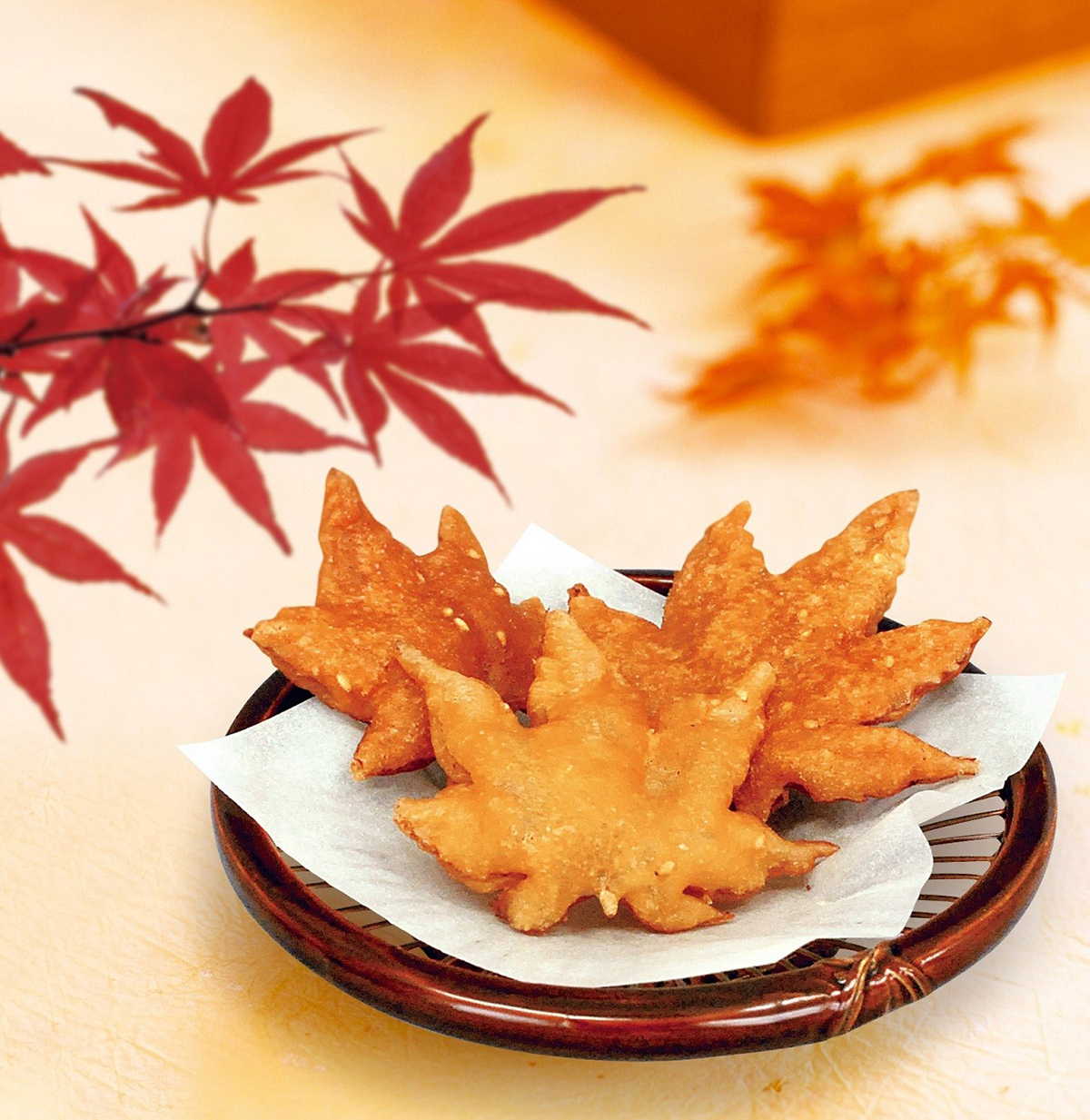
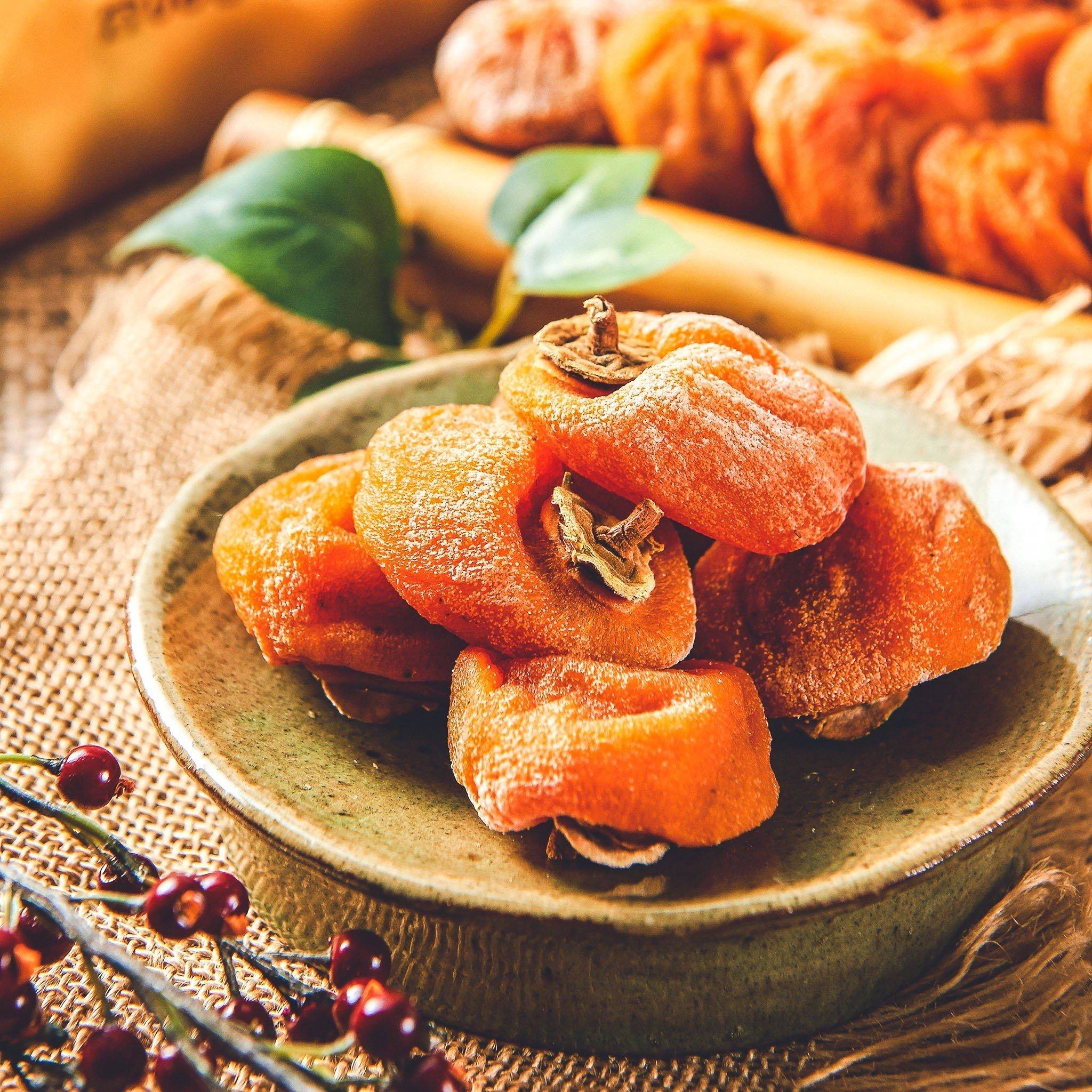
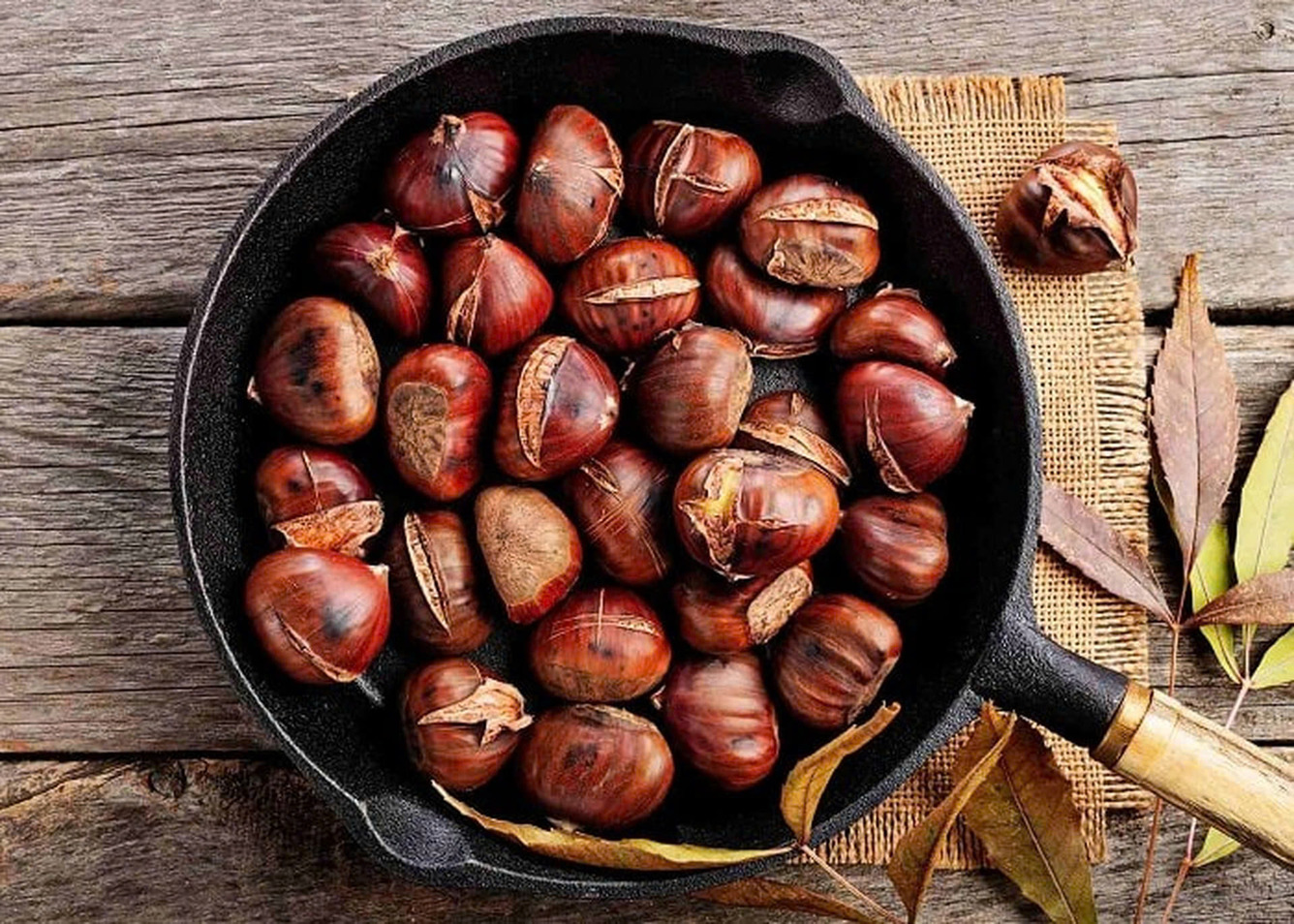
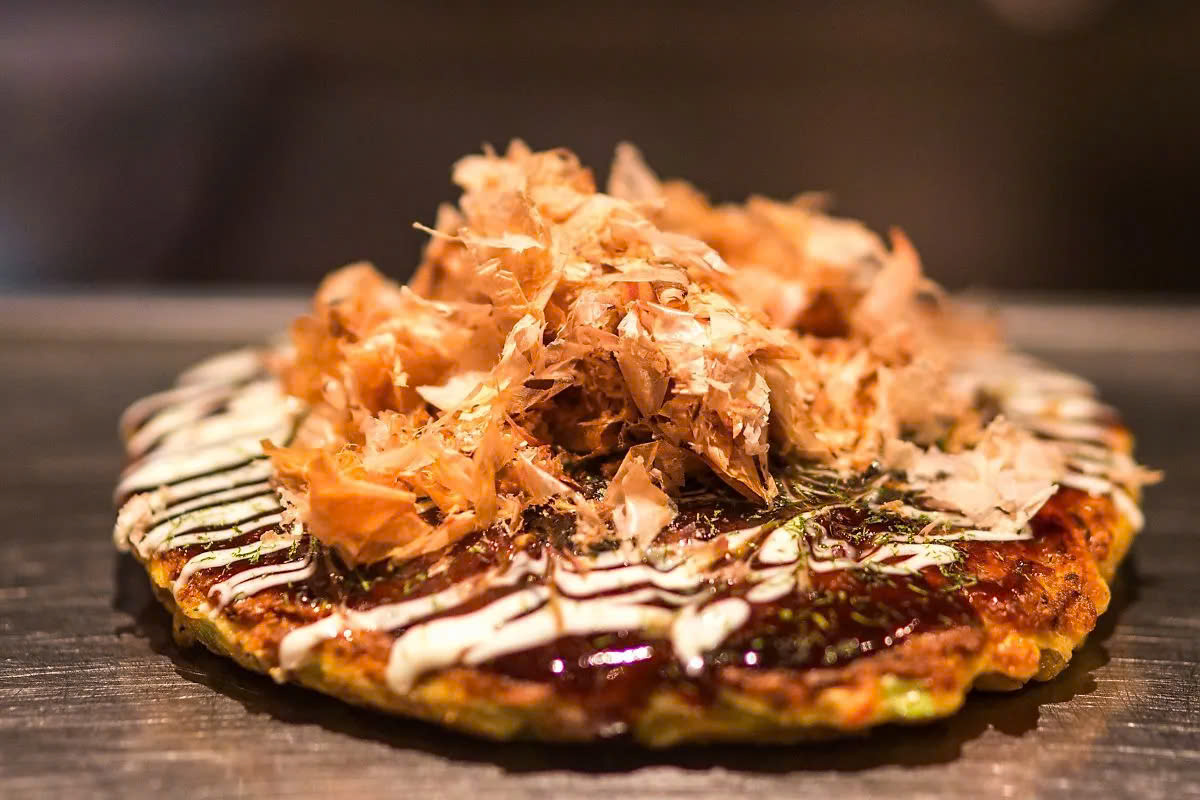
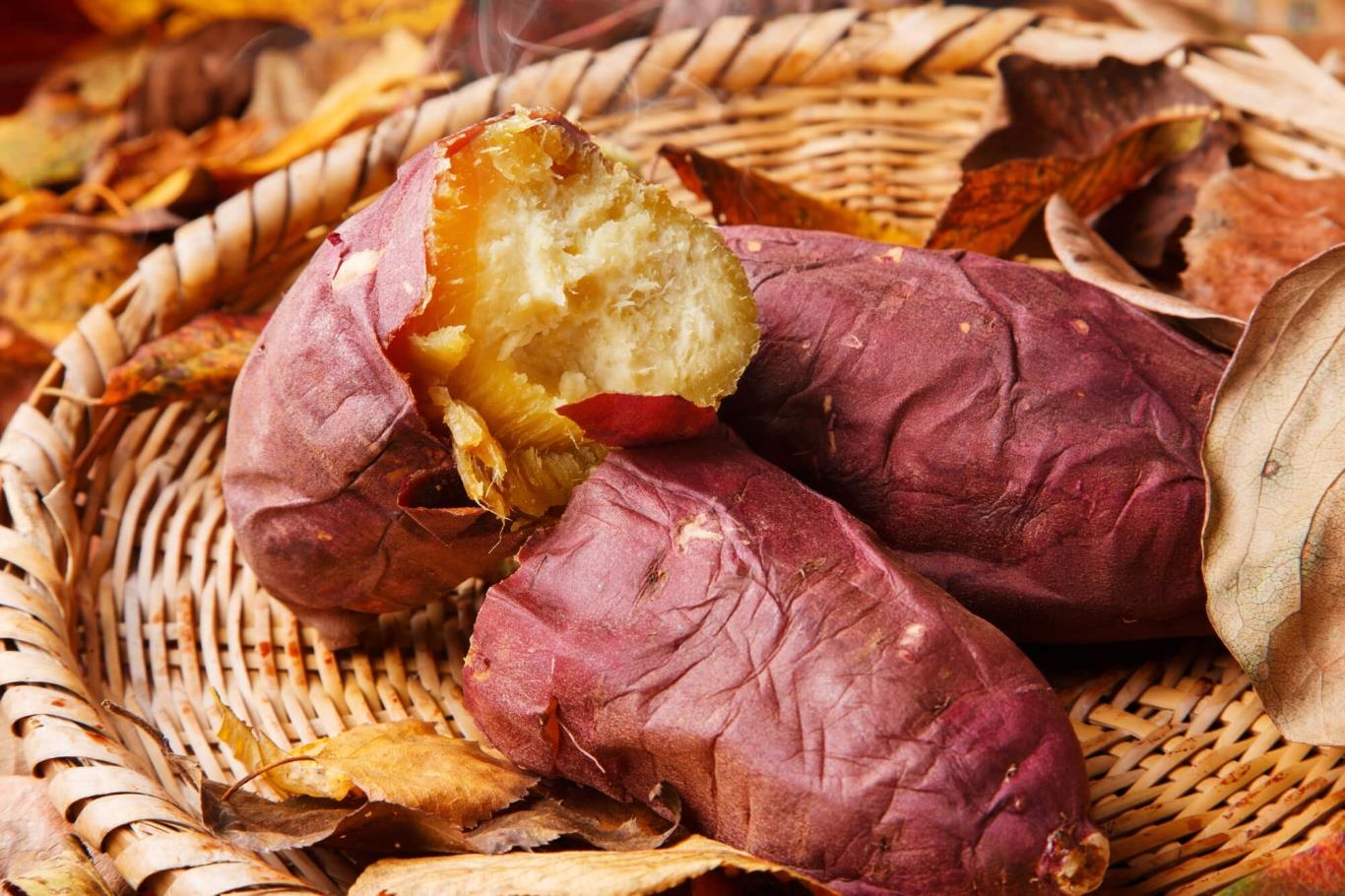
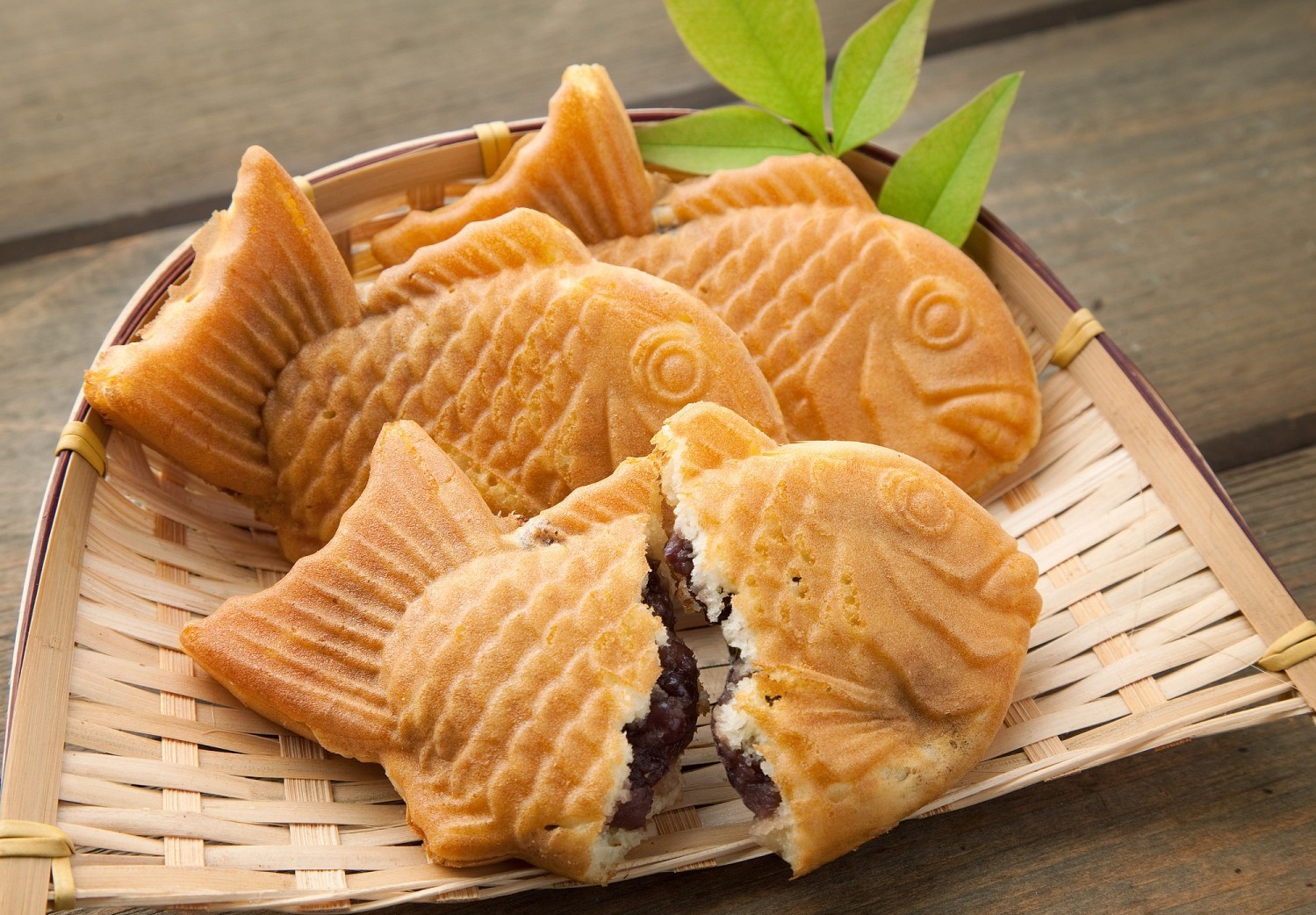
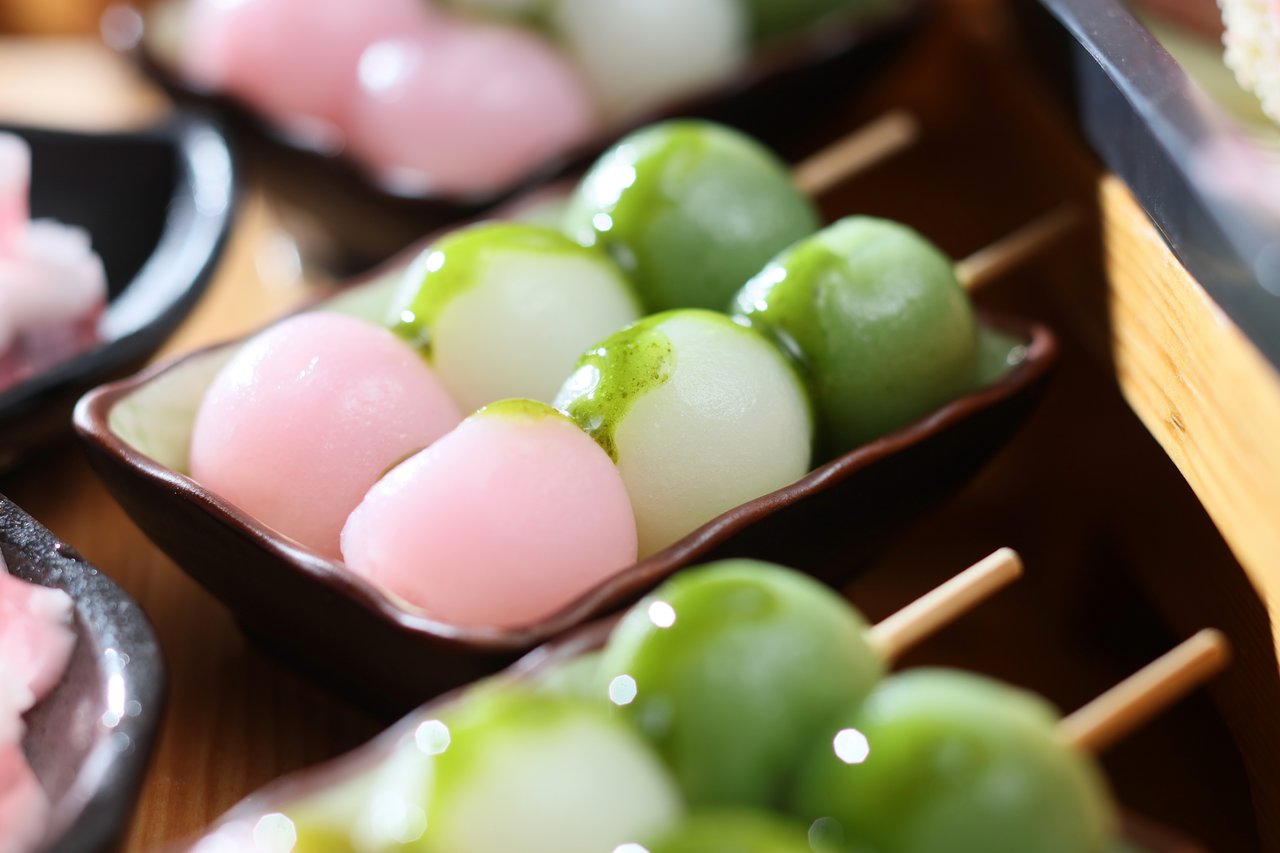



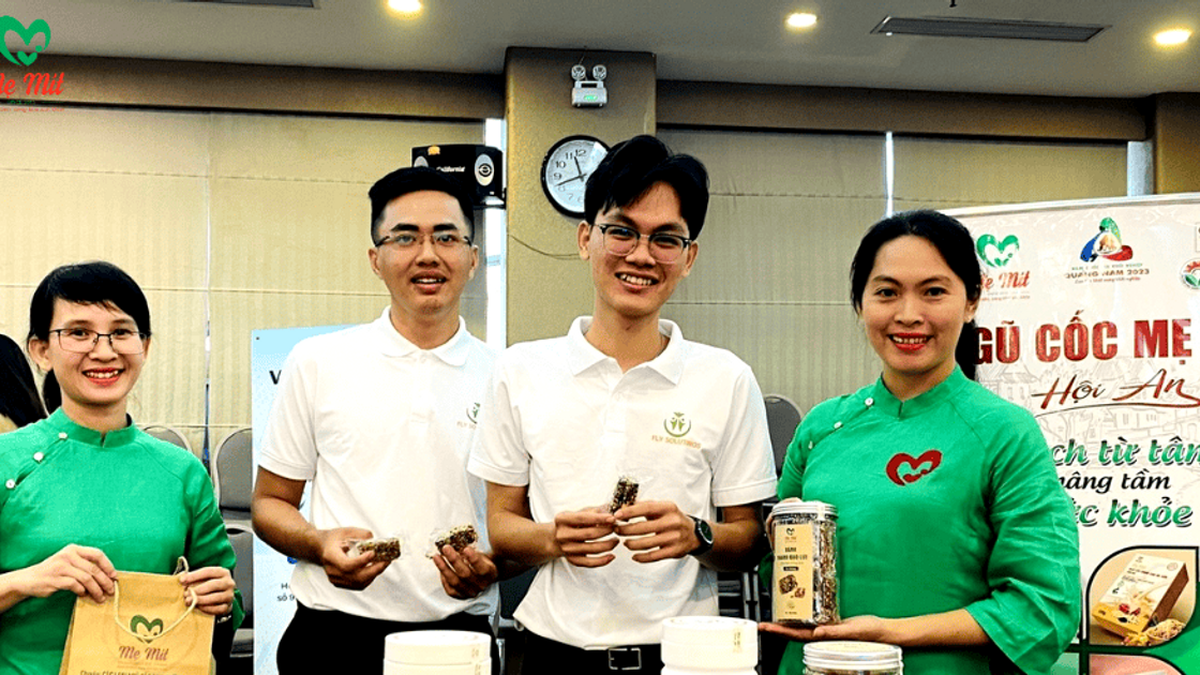














































![[Maritime News] More than 80% of global container shipping capacity is in the hands of MSC and major shipping alliances](https://vphoto.vietnam.vn/thumb/402x226/vietnam/resource/IMAGE/2025/7/16/6b4d586c984b4cbf8c5680352b9eaeb0)













































Comment (0)